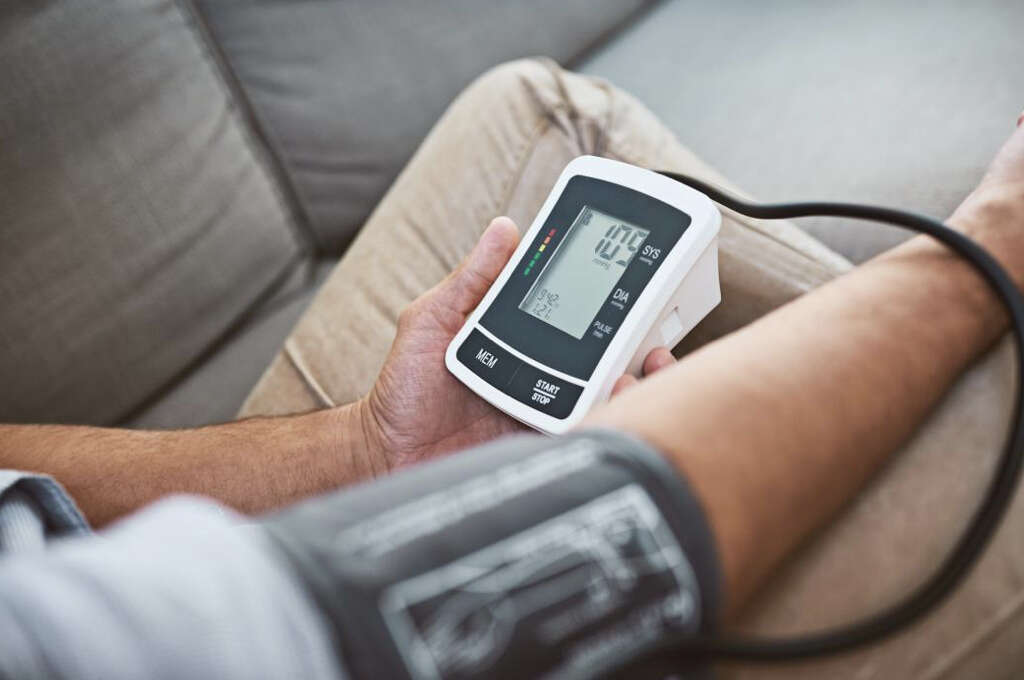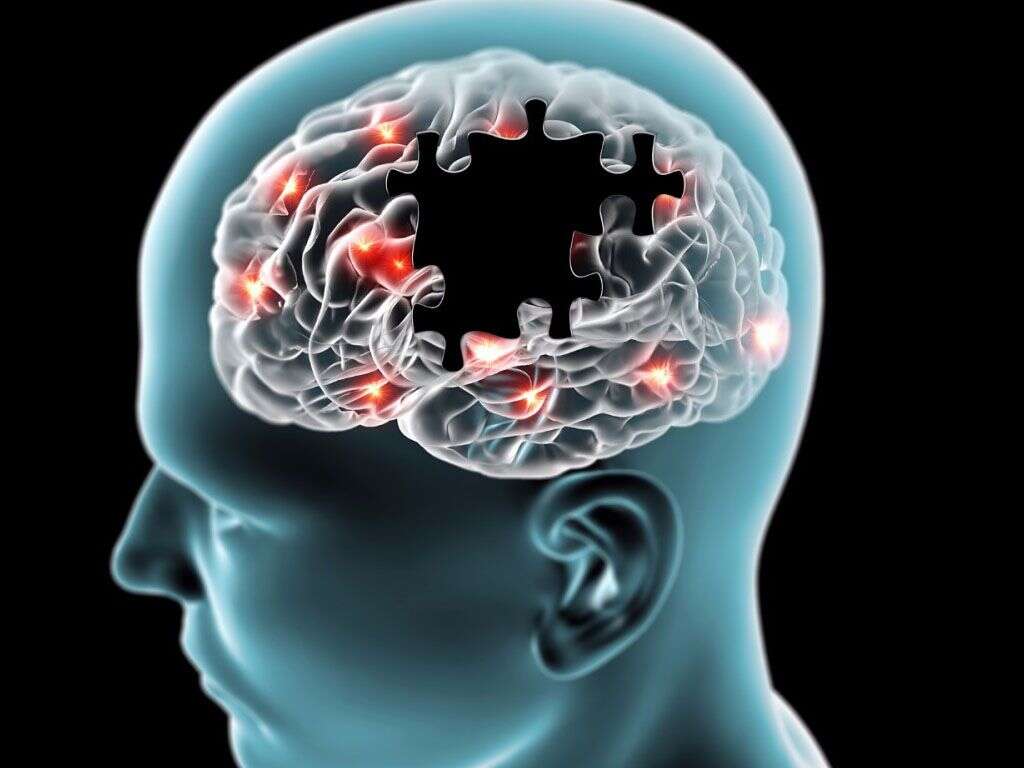What Is Neuroleptic Malignant Syndrome?
Mental health issues can be notoriously difficult to treat, partly because our brains are such complex organs. These conditions are often treated with therapy which involves teaching the patient skills they need to help them manage their symptoms. Antipsychotic medication will also be prescribed in some cases, and these can have a profound effect on the patient.
One potential effect of antipsychotic medication, as with other types of medication, is that patients can experience an unwelcome reaction to it. One such reaction is neuroleptic malignant syndrome, and here’s a closer look at what it is and what impact it can have on the patient.
1. Neuroleptic Malignant Syndrome
Neuroleptic malignant syndrome is a condition where the patient suffers from a reaction to certain antipsychotic drugs. It is thankfully a very rare condition, and only around 2 people are thought to have in every 10,000 people. Considering few people need antipsychotic drugs, the reaction itself is even rarer.
The reactions are treatable, but it can be dangerous so the patient will need to be treated as soon as possible. As with so many other medical conditions, treatment is easier and more effective the sooner the condition is treated. The reaction attacks the patient’s nervous system, resulting in a number of unwelcome symptoms.
2. Causes
Neuroleptic malignant syndrome can be caused by antipsychotic drugs. These drugs work by blocking dopamine, which is a type of hormone that is located in the brain. This hormone is often known as the ‘feel good’ hormone, because it helps us to feel better when it is released.
Dopamine also has another role in the body in that it helps with our bodily movements. Some antipsychotic drugs help to block the release of dopamine into the brain, and this can have an effect on our ability to move. The stronger the drug, the more likely that a reaction will be triggered.

3. Other Triggers
Other factors that can trigger neuroleptic malignant syndrome include a sharp increase in the dosage of antipsychotic drugs that reduce dopamine. Some people will also have reactions if they switch from using one type of antipsychotic drug to another.
Patient’s that take certain medications for conditions like Parkinson’s can have a reaction if they stop taking their medication too suddenly. The condition can also be caused by some drugs that are used to treat nausea and vomiting. Neuroleptic malignant syndrome is also more likely to occur in men than it is in women.
4. Symptoms
The length of time that it takes for symptoms of neuroleptic malignant syndrome to appear will vary from person to person. In some cases, the symptoms will show in just a few days after the drug was administered. In others, it might be several months before the patient experiences any symptoms at all.
In most cases, the symptoms will tend to show at around two weeks after the offending dose has been given. Neuroleptic malignant syndrome tends not to happen when the patient is taking a steady dosage for a while. Rather it happens on their first dose, when the dosage is changed, or when the medication is changed.

5. Muscle Stiffness
One of the symptoms of neuroleptic malignant syndrome is a high fever, which is likely to reach up to around 104F. Fevers are common so are unlikely to raise concerns on their own. However, they should encourage you to get medical help if the patient’s temperature gets too high.
As mentioned, perhaps the most characteristic of the symptoms of neuroleptic malignant syndrome is muscle stiffness. This is the result of less dopamine in the brain than usual. It can be very uncomfortable for the patient and it can make it difficult for them to move. Patients with neuroleptic malignant syndrome will also often experience excessive sweating.
6. Abnormal Heartbeat
Our heartbeats will usually beat at a steady pace, although the rate at which it beats can get faster or slower at times. This is influenced mainly by factors such as exercise or excitement, and it can also be influenced by certain medical conditions. An example of such a medical condition is neuroleptic malignant syndrome.
Neuroleptic malignant syndrome can cause the patient’s heartbeat to increase and/or beat with an abnormal rhythm. Patients with neuroleptic malignant syndrome will also sometimes find that they start breathing faster than usual. Some patients will also find that they start producing more saliva than usual.

7. Anxiety
As mentioned, dopamine is often known as the feel-good hormone. This hormone, along with others, has a profound effect on how we are feeling and it is important that they exist in balance to a degree. If this balance was to be affected, then it can have an impact on the patient’s overall well-being.
A disturbance in the hormone levels means that patients with neuroleptic malignant syndrome can experience anxiety. Patients with neuroleptic malignant syndrome can also experience other changes in their mental state. It is important that somebody seeks professional assistance as soon as they can if they are experiencing these symptoms.
8. Complications
While neuroleptic malignant syndrome can usually be treated, it can still result in some potentially very serious symptoms. This makes it important to treat the condition as serious to prevent serious complications from developing. The condition can be fatal if appropriate treatment is not found for the patient in time.
Neuroleptic malignant syndrome can result in the patient’s blood pressure becoming very high, or very low. They might experience lung and/or heart failure and oxygen levels in the body can fall dramatically. The kidneys can also fail, and aspiration pneumonia is also a possibility. In addition, the patient’s pH levels can become more acidic.

9. Diagnosis
If you are taking antipsychotic drugs then you should make sure the doctor is aware if they are not already. This may be able to give them a better idea of what might be causing your symptoms. There are two main symptoms that can suggest what the problem is, and these are stiff muscles and a high fever.
In addition, a medical professional would be looking for other signs like an abnormal blood pressure, excess sweating, and an abnormal heartbeat. Urine and blood tests will likely be needed to help determine the cause, and the patient’s spinal fluids may also be tested. An EEG and other brain imaging tests may also be performed.
10. Treatment
Once diagnosed, the first thing to do will be to address the medication that is causing the reaction. Depending on the severity of the reaction, the patient may be expected to go into intensive care. With the right treatment, patients with the condition will usually start improving within around 2-4 weeks.
The patient will be monitored to help ensure they get nutrition and fluids, and their temperature may also need to be managed. They will likely be given medication that will encourage dopamine production, and also medication that will help to relax their muscles. In some cases, electroconvulsive therapy may be used.
Related Articles
-
What Is Dissociative Fugue?
10FAQ
-
Neuroleptic Malignant Syndrome Symptoms
10FAQ
-
Nursing Degree: A Gateway To A Rewarding Career
10FAQ
-
Understanding LASIK Surgery for Improved Vision
10FAQ
-
Cheap Dental Implants: A Cost-Effective Solution For Your Dental Needs
10FAQ
-
Gallbladder Polyps Causes, Symptoms and More
10FAQ




